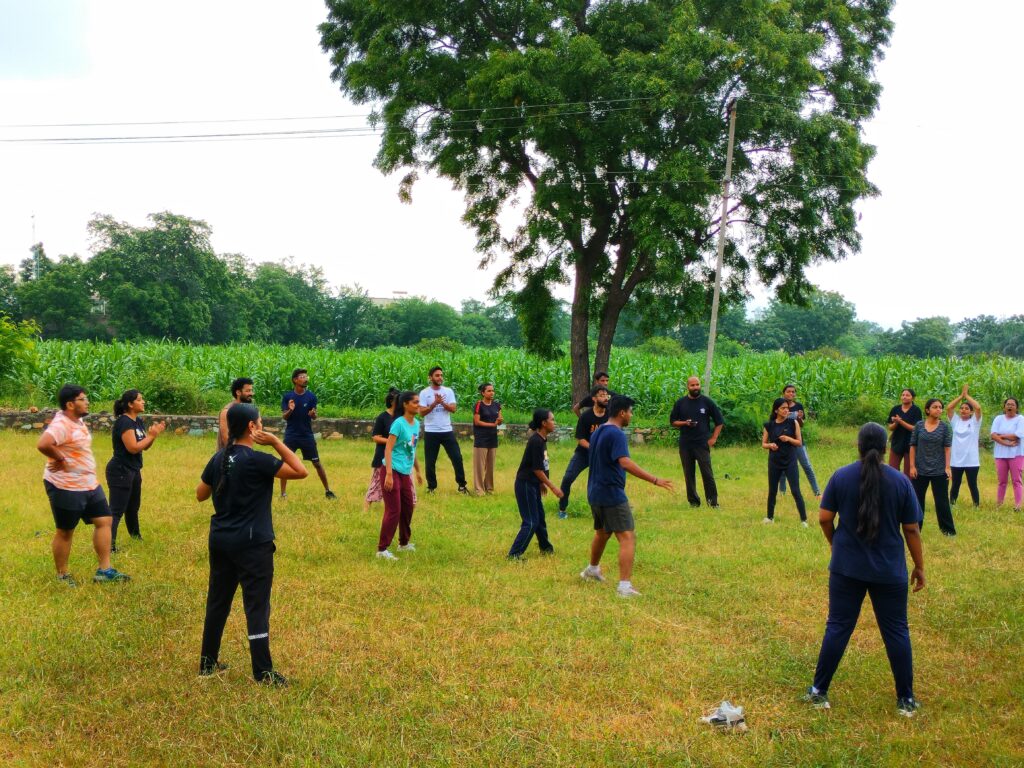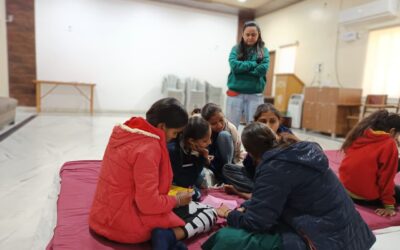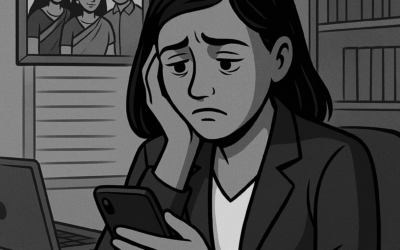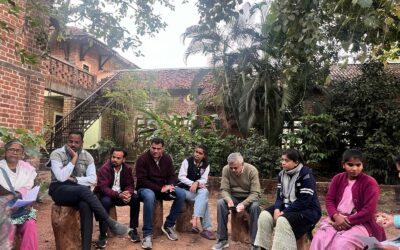When I was in my early teens, I would often come across instances of discrimination. Discrimination in the terms of caste, gender and class was significantly obvious through comments, actions or even behavior. For instance, I remember how my family members would expect our house help to use the back door. They would also expect them to sit on the kitchen floor. Even in the neighborhood, caste based discrimination would lead to intense fights.
As I grew older, I thought that with inevitable changes in society, these issues would wipe out eventually. Yet, it was only recently, when years of delusional belief came to a shocking end. What brought all these years of optimism to disbelief you ask? India Fellow. Yes, India Fellow gave me the opportunity to look at the issues more closely and understand the complexities; all over again.
Why Is It Important To Identify Discrimination
It is not malicious to have a positive outlook on issues such as gender bias, caste or class. But to work in the development sector one must have a realistic understanding. I was convinced that systemic changes are possible in a few years. India Fellow’s induction in Udaipur, has been an eye opener on deep-rooted caste, status and patriarchal systems. In a period of two weeks, I have seen so many rigid societal structures come alive through real life examples.
Two days into the induction, they challenged my so-called ‘gender neutral’ behaviour. While playing, eating, conversing, and even during in-session activities, I was unconsciously sticking to female co-fellows. The same with the other co-fellows. Boys interacted exclusively with boys, and girls only with girls. One of the facilitators pointed out that the cohort is leaning towards this. Until then no one really felt the problem. A cohort of 25 fellows and not one could consciously comprehend what was going wrong. Of course the reasons for the boys and the girls would be different. There might be counters that it is proactive versus reactive and so on. But for not, will park that.
Deep Dive To Understand
Previously, we were all grouped by the same gender. But this time it was different. All of us were, in some way, supporting the boys, including the girls—and even myself. One such instance was when we were playing dodge ball. I was taking less space, and quickly passing the ball to my male co-fellows, who ‘seemed’ fit. Even amongst the boys, there was a hierarchy of ‘fit looking’. I kept thinking that to win the game, I had to set aside my ego. As I am not as strong in sports as most of the boys on the team, so I was playing a more passive role. Some mediocre actions that I was practicing.
I was also conveniently supporting when the boys were doing it. They were asking female co-fellows to go in the circle first. This way they, the better players, would stretch the game at the end and that is when the actual competition will be with the opponents. The boys were passing the ball to other male co-fellows. All of us were targeting the female fellows. I did not stop them. Amusing, right?

It took me 26 years to realize that the problem lies within me as much as it lies outside. My beliefs had engrossed me. I have had an open-minded urban upbringing. Such biases only come from a person who has rural roots. My delusion was being fed by my ignorance that I am an urban, cool, and educated human. The bubble I was living in busted in seconds when I introspected my actions consciously. It is obviously not an effect of a few days or months of conditioning. It is years and decades of gender prejudiced behaviour deeply ingrained in me.
Caste As A System
Another very similar everyday complex system is that of caste. We might think our rapidly changing nation does not reproduce the culture of caste anymore. We judge others based on their caste. In return, we are judged for belonging to a particular caste. During the induction readings, I saw a few interesting demonstration of this. The article Whither the Indian Village by Dipankar Gupta, is one such example. One section of the article talks about caste systems. Where Dalits have always been placed at the bottom and Brahmans at the top of the hitherto pyramid shaped understanding of the system. Over time, this structure have become weaker, according to the article, yet abolishing them totally would be a hyperbole.

We saw a documentary named India Untouched dated around the same time (2007). The theme of the documentary is the practice of untouchability towards Dalits, despite government intervention. One might think that education would shatter most of these complex structures. Some clips draw attention that even school, colleges and religious sites practice casteism, even perpetuate it.
In frame: A still from the documentary
One clip shows how the school had asked two Dalit female students to clean the toilets after their classes. Another clip shows the priest pridefully saying, “this is how it is meant to be. Dalits have no place in this society”. It was unexpected. I was unhappy to hear it. I started to think how much does a system affect a person to say something of this sort. That too on camera. That’s how intrinsic the feeling is, I think.
Theory And Practice
On the contrary, during our village visit recently, we met a villager, who casually started chit chatting with us. He offered us hot ‘chai’ and told us about his time in Mumbai. He was working there for a good amount of time and picked up the local language – Marathi. Then he went ahead asking us about where we come from and what our caste is. As soon as we told our castes, he quickly added “we don’t practise casteism here”.
In the same village, I saw the local tribe ‘Bhil’ was in one corner of the village. The houses are all mud and no concrete. On the other side of the village, the people from richer class (which is closely tied to caste as occupation and hence income are caste based) are residing. Their houses are made of concrete, coloured and nicely designed. If we look at it closely, class and status is visible. The Rajputs who are comparatively wealthy have ‘pucca’ houses while the tribes have mud houses.
I then went on reflecting on what I had just seen. Was it on purpose that the tribal people live in one corner, in mud houses? Is it just a matter of financial background? Does it have something to do with caste?
In one of the training sessions, the team showed us a picture of four men sitting in a room. The Sarpanch himself was sitting on the floor. And the person sitting on the chair was apparently an upper caste villager. I quickly concluded, no woman in the picture shows how gender carries more weight than class and caste. On the other hand, the seating arrangement displays caste being influential to class. After a few minutes, I started questioning, what if the scenario was different?
Intersection
For instance. What if the Sarpanch was a Dalit woman? Would she be allowed to enter the room, let alone participate in the meeting? What if on the chair was an upper caste woman instead? But would the seating arrangement still support caste over gender? Or would she be seen as an equal due to her caste? What if the upper caste man was a Muslim instead? Would his religion challenge or reinforce his authority?
It made me think, how variations in this arrangement could affect gender, caste, class or even religion. It is thought provoking to see how these changes could benefit these identities. Or deprive them of it. This made me think how deeply ingrained these patterns are. It is a lengthy and complex process to resolve these traditional and century long practices. Yet, I feel that taking a closer look at these problems in the last two weeks has been a privilege. Perhaps, it is in our hands to take a closer look into the surrounding compound structures. But most certainly first, within ourselves. To move ahead, we must first learn to look back and retrospect.




0 Comments